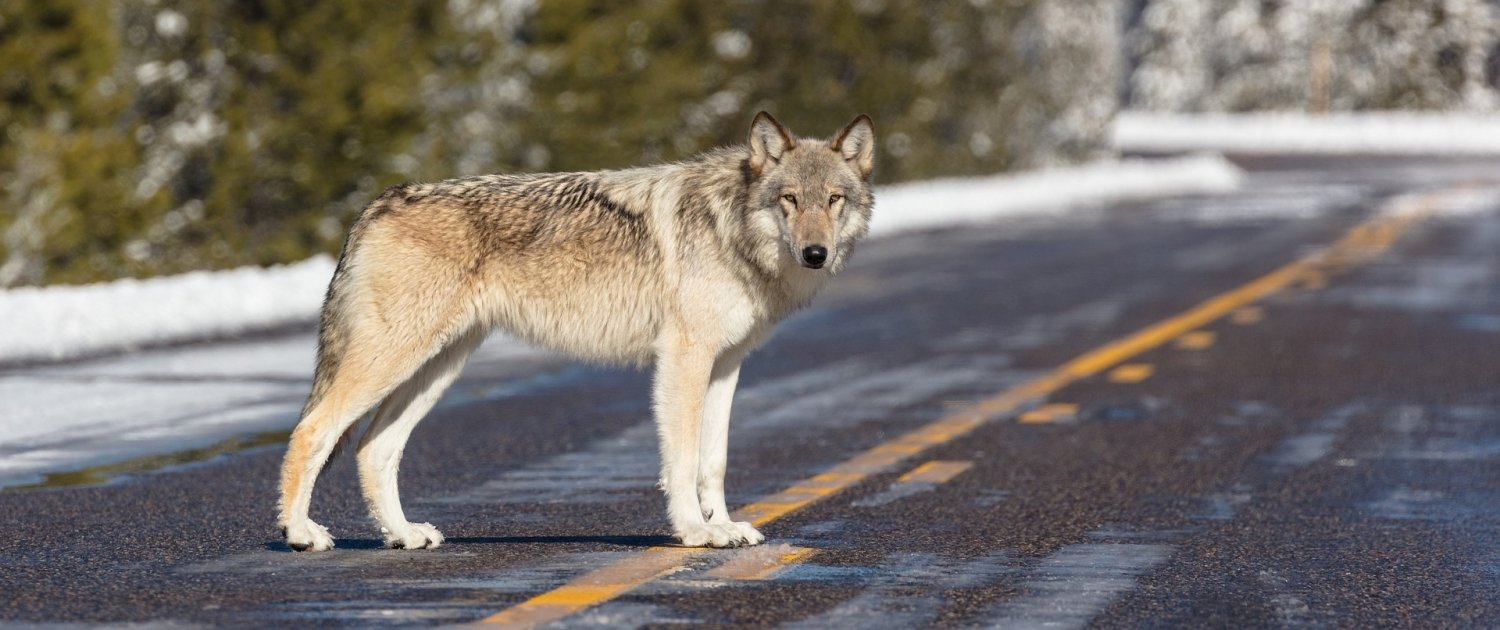What are the physical characteristics of cold environments?
Cold environments (polar and tundra) have unique characteristics regarding their soil, climate, vegetation, animals and biodiversity.
What are the physical characteristics of polar environments?
Soil – Polar environments have little or no soil.
Climate – Winters are long and cold, with annual average temperatures below freezing. Polar environments are windy with little precipitation. Icecaps permanently cover polar regions.
Vegetation – Few plants can survive the harsh polar climate except hundreds of varieties of lichen, moss and algae.
Animals – Penguins live in the Antarctic, and polar bears live in the Arctic. Whales, snowy owls and seals are found in polar regions.
People – There are no permanent settlements in the polar environments, apart from small groups of research scientists in Antarctica.
What are the physical characteristics of tundra environments?
Soil – The top layer of soil is known as the active layer. During winter, the active layer freezes; in summer, it thaws. Below the active layer is permafrost. Permafrost is permanently frozen throughout the year. Permafrost may extend up to 450m below the ground. The soil lacks nutrients because it is too cold for organisms to decompose.
Climate – Tundra environments are cold, and windy and have little precipitation. Precipitation falls as snow in winter and as rain during the brief summer. Snow covers the ground for much of the year. Average temperatures are between -6°C and -12°C. During summer, there is permanent sunlight, and in winter, permanent darkness.
Vegetation – There are no trees in tundra environments. Low-growing cushion plants are typically found in tundra environments. Mosses and lichen are also common in this environment. Flowering plants with rapid life cycles also exist in tundra environments.
Animals – Polar bears, wolves, caribou, snow geese and arctic foxes are common in tundra environments. Goats and sheep live in mountainous areas. When the active layer melts in the summer, insects, birds, and other wildlife thrive in temporary summer lakes.
People – Indigenous people live in tundra environments, particularly on the coast, where the sea provides a rich food source. The Inuit are a group of indigenous peoples that inhabit parts of Greenland, Alaska and Canada. Unable to grow crops or rear animals for food, they have traditionally survived hunter-gatherers by fishing and hunting seals and even whales. In the summer, they gather berries and tubers from tundra plants. They dress warmly (traditionally in animal skins) to survive the cold and live in well-insulated houses. Travel is historically by sleds pulled by husky dogs, though more recently by snowmobile.
Related Topics
Use the images below to explore related GeoTopics.



